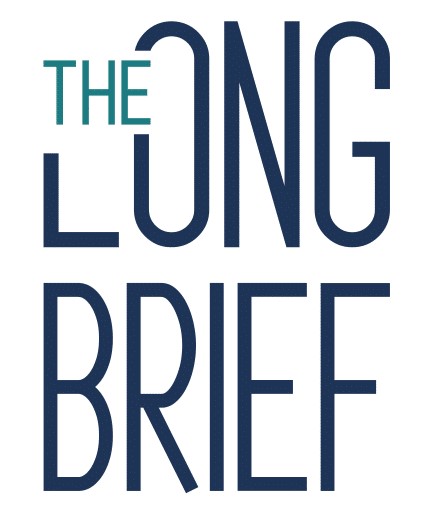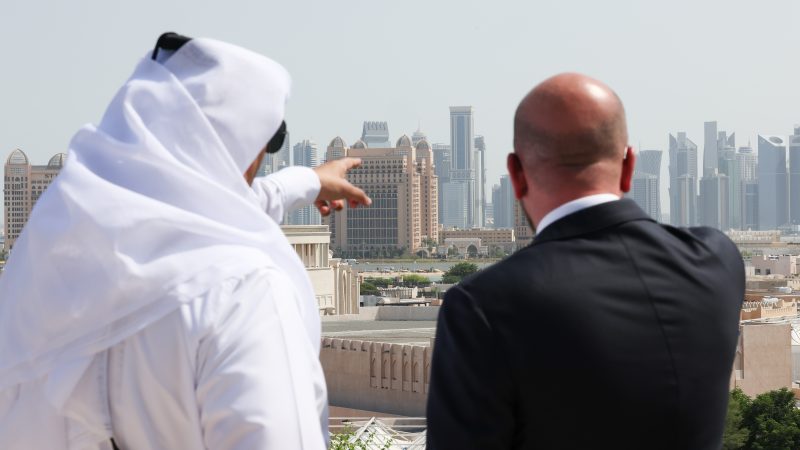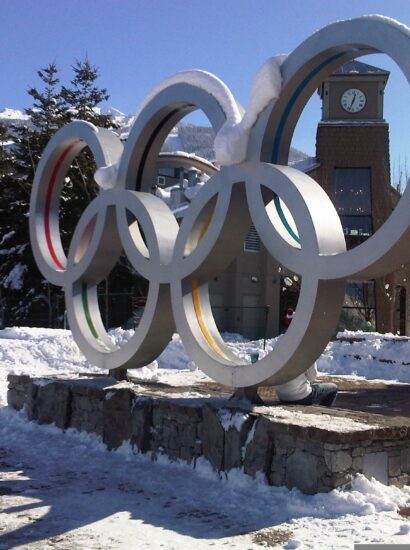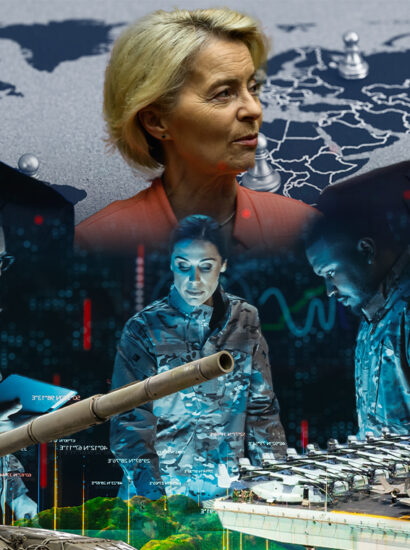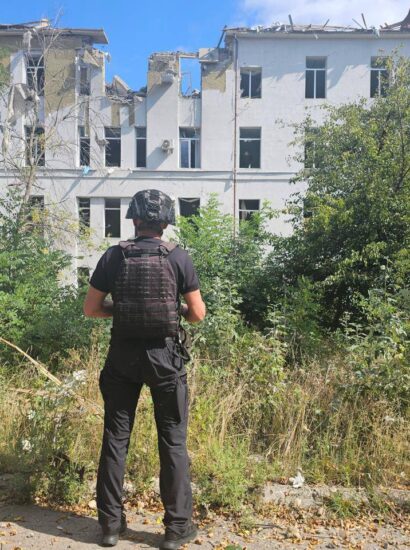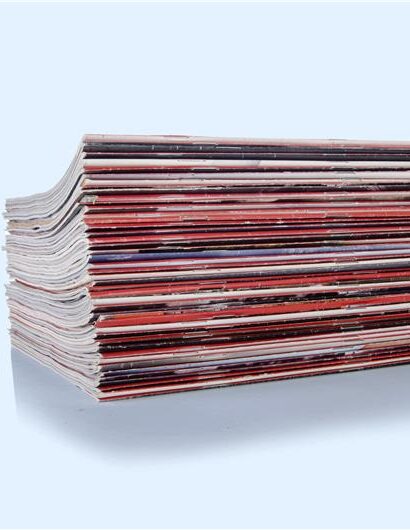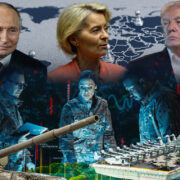The European Union (EU) has been present in the Middle East and North Africa (the so-called MENA region) since 1979, through a growing number of Delegations in the region. The latest one to open in order to facilitate cooperation between the EU and the MENA was the EU Delegation to the State of Kuwait and the State of Qatar in July 2019. Now Europe is facing major game changers across its Southern Neighborhood. Old-time foes like Russia and Iran have a much stronger footprint in the region, meanwhile new players like Turkey, and China also pose a possible threat. In our analysis our goal is to summarize the EU’s venture to gain leverage and influence in this troubled region.
Institutions, Institutions, Institutions: A Short Summary of the EU–MENA Cooperation
Since 1995, the region has taken on further importance for the EU, both within the foreign policy and domestic arenas. The EU’s policy towards the Middle Eastern countries seeks to encourage political and economic reform in each individual country with due respect for its specific features (European Neighborhood Policy-ENP) and regional cooperation among the countries of the region themselves and with the EU (Union For the Mediterranean). Via the Middle East Peace process, the European Union is actively supporting efforts to resolve the Israeli-Palestinian conflict and is also a member of the so-called Middle East Quartet (in short the Quartet: the United States, Russia, EU and the United Nations).
With the continuous enlargements of the European Union, it has come closer to (and become part of) the Mediterranean, a process which contributed greatly to the renewal of its old instruments and the development of new ones, to deepening cooperation. The result of all this was the Barcelona Process, and the foundation of the Euro-Mediterranean Partnership (EMP), in 1995.
The Barcelona Declaration stresses the strategic importance of the Mediterranean, cooperation and solidarity based on neighborhood and shared history. It has established a multilateral framework for cooperation in which partner countries formally manage their relations on three main thematic areas (political-security, economic-financial, cultural-humanitarian) and at two levels: bilaterally, the European Union with the southern/eastern coastal states individually, in the form of so-called Euro-Mediterranean (Euro-Med) Association Agreements, and regionally, in thematic multilateral frameworks.
In 2004 the EU launched a new foreign policy framework aiming to bring the EU and its Eastern and Southern neighbors closer. It was the European Neighborhood Policy. The Southern Neighborhood Policy covers Algeria, Egypt, Israel, Jordan, Lebanon, Libya, Morocco, Palestine, Syria, Tunisia and Morocco. It consists of bilateral policies between the EU and the ten partner countries.
In 2008, French President Nicolas Sarkozy proposed a new cooperation to prevent Turkey’s possible accession to the EU, uniting instead the Mediterranean coastal states in a so-called Mediterranean Union. However, then-German Chancellor Angela Merkel was very clear that there creating a new institution of this kind with only some of the EU’s members, alongside the existing structures (EMP, ENP) was not in question.
The new structure was therefore the result of a compromise and its concept evolved gradually. The Union for the Mediterranean thus comprised the (then) 27 Member States of the Union and further 16 southern/eastern coastal states, and reintroduced the multilateral/regional aspect of Mediterranean cooperation. Later the partnership was renamed to Union for Mediterranean (UfM). The EU provides considerable funding to the UfM and also holds the role of co-chair alongside Jordan.
In 2015 the ENP was renewed in reflection of the wave of uprisings and revolutions across the Arab world (popularly known as the Arab Spring). In the years since the Arab Spring, many Arab populations across the region are still under dire political and economic constraints. There is an opportunity for a renewed cooperation and a recommitment to democracy and economic development in the region.
The EU’s policy towards the region has been focused on the strategies: firstly, the EU seeks to encourage and facilitate political, social, humanitarian, and economic reform in its MENA neighbors. Secondly, the EU seeks to deepen relationships, both bilaterally and regionally, between the EU and its non-European partners as well as between MENA states themselves. Thirdly, a significant amount of the EU’s attention towards the region has focused on Israeli–Palestinian relations.
There is an ever-expanding institutional and/or institutionalized system and a steadily expanding set of instruments: in addition to the Euro-Mediterranean cooperation institutions (EMP, ENP, UfM) discussed above, the EU-GCC dialogue, the Quartet of the Palestinian-Israeli peace process – which has been stagnating for years – and the EU-GCC dialogue, which has also been stagnating for years.
Meaningful coordination and appropriate range of activities on the part of these organizations however is not always on an adequate level.
Cooperation Between The EU and the MENA: Content and Activity Lax
Firstly, there is a profound lack of unity in Europe’s response to challenges in the MENA region, which constantly undermines its efficacy. On nearly all regional issues, a lack of European consensus has repeatedly blocked decisive action. From the EU’s failure to find consensus on hosting refugees to the open rivalry between France and Italy over Libya – as well as, to some extent, an opportunity to enhance Russian influence.
The second key weakness is that the EU is widely seen as a negligible political player in the MENA region, as it continuously looks to US leadership in a manner that precludes an independent policy on regional developments. This is often accompanied by European countries’ unwillingness or inability to deploy their militaries in the region, at a time in which hard power is increasingly important there. Europeans are aware of their increasing divergence with the Americans – a trend most clearly on display in disagreements over the fate of the Iran nuclear deal, but also visible on issues such as the Middle East Peace Process. Europe’s one regional success story, the nuclear agreement with Iran, has morphed into a failure.
The geopolitical transformation of the Middle East has far-reaching implications for Europe, but the EU and European states are still widely regarded as inconsequential actors in the region. The bloc’s long-standing reliance on the US and predictable weaknesses – disunity and an inability to engage in the cut and thrust of competition between great powers – have too often left it unable to shape developments. Such regional powers like Iran, Saudi Arabia, Turkey, and the United Arab Emirates have growing interest in the region (and we haven’t mentioned China, the ‘new guy on the block’). These actors have provided MENA states with an opportunity to diversify relationships away from their traditional European partners. Unless it adjusts, Europe will become increasingly irrelevant.
Challenge For The West From Russia and China
Much of the attention of Western policy experts has focused on the rising political, economic, and military presence of Russia and China. The two countries are pursuing their own agendas characterized by differing priorities and interests. It would be a mistake to view them as a united bloc in the region, although there is some overlap within the framework of the Shanghai Cooperation Organisation’s activities.
Russia and China both appear to see an opportunity to consolidate their influence and challenge Western sway.
In recent years, Moscow has skillfully inserted itself into key conflicts to build up its wider influence. Since its military intervention in Syria in 2015, Russia has deployed forces to Libya (through unofficial fronts such as the Wagner Group); built up its security relationships with key states, particularly Gulf monarchies and Egypt; and positioned itself as a key regional interlocutor with Israel and Iran. Throughout this process, Russia has protected the interlinked interests of states such as Israel even when they come into conflict with its partnerships with Syria and Iran. This has resulted in Israel coordinating with Russia when striking Syrian- and Iranian-affiliated targets in Syria, even as Moscow continues to work closely with Tehran to consolidate the Syrian regime’s position on the ground. These relationships have been bolstered by a convergence between Russia and regional oil producers in the Organization of the Petroleum Exporting Countries Plus.
China, meanwhile, has been more cautious.
But it is also building up its regional role, as reflected in a significant increase in its political and economic activity. In 2020 China reportedly replaced the EU as the largest trading partner of the Gulf Cooperation Council (GCC), with bilateral trade valued at $161.4 billion. According to data compiled by Shanghai’s Fudan University, the BRI is a major source of Chinese foreign direct investment in the Middle East, which allegedly rose by around 360 per cent between 2020 and 2021. China is also reportedly increasing its economic sway in Iraq, which Chinese figures suggest received more than $14 billion in Chinese investment in 2021. These figures are overstated but, nonetheless, help create a perception in the region that Beijing is bringing it under the Chinese economic umbrella. Key to China’s appeal is its willingness to dispense with Western-style preconditions such as support for human rights and democracy, as well as a relatively large appetite for investment risk.
On March 10, Saudi Arabia, Iran, and China issued a joint statement announcing an agreement to resume diplomatic relations between the two hostile states. This is evidence for China’s growing role in the Middle East amid global power competition.
The Possible Assets for Creating Bigger Leverage to the EU
The first and most obvious one is economic. The EU is the 2nd biggest trading partner of the GCC (after China), representing 12.3 percent of the GCC’s total trade in goods with the world in 2020 with 7.8 percent of the GCC’s imports coming from the EU. The EU is thus ranked as the GCC’s number one import partner. In 2020, the EU was the 4th biggest export partner of the GCC as 6.9 percent of the GCC’s exports went to the EU. Taken as a whole, the EU is the MENA region’s most important trading partner.
In theory, these economic links could provide the EU with a significant degree of leverage. But, in practice, this is difficult to achieve, given that these ties also benefit European economies.
Moreover, European trade and aid are often devoid of any accompanying strategy that would transform them into political capital.
Europe’s second asset is diplomatic. It is widely seen as having significant diplomatic influence – in principle, if not in practice. But the problem is the EU repeatedly underuses its diplomatic power, and its many partnership agreements. Instead of vacillating between transactional dealmaking and illusory political transformation, they should adopt a foreign policy based on principled pragmatism. This principled pragmatism, which combines the pursuit of urgent goals with a strategy to create stability in the longer term, will require Europeans to make better use of the unique economic and financial tools at their disposal. In light of Middle Eastern governments’ desire for more foreign support, Europe has a significant opportunity to demonstrate that it is a more strategically valuable partner than Russia – especially a Russia under strict Western sanctions – and that it can compete with China in the provision of economic benefits.
European support for economic diversification and resilience against climate change is particularly important to Middle Eastern governments.
To these ends, the EU could build new electrical interconnections across the Mediterranean, which would provide local employment opportunities and spur economic development – and, in turn, help address some of the causes of irregular migration and enhance stability. In the Levant, the EU could use its economic tools to support green energy connections between Egypt, Jordan, and Iraq. In the Gulf, the EU could put the European Green Deal at the centre of its diplomatic efforts to develop a joint preferential green investment area.
Even as the world fixes its eyes on Ukraine, Europeans need to increase their engagement with the Middle East; a region that can be both a source of strength and vulnerability.
Europe’s southern neighborhood will be increasingly important in global rivalries that threaten its core interests related to migration, counter-terrorism, and energy. If Europeans are willing to change course and start using their influence – perhaps not military ones, but certainly their political and economic assets – in a coherent fashion and in support of core interests rather than short-term goals, they may well see regional players begin to take them more seriously.
